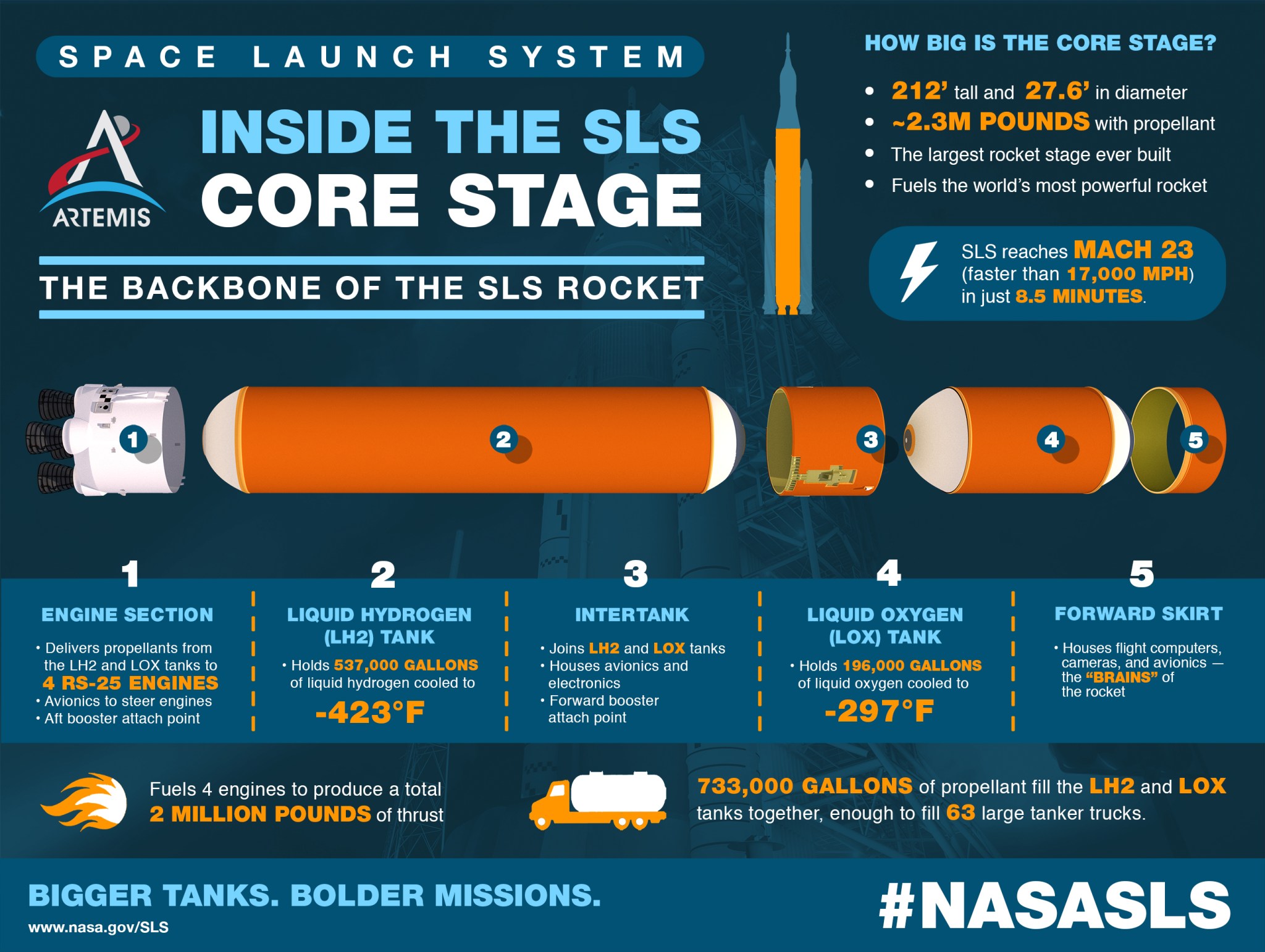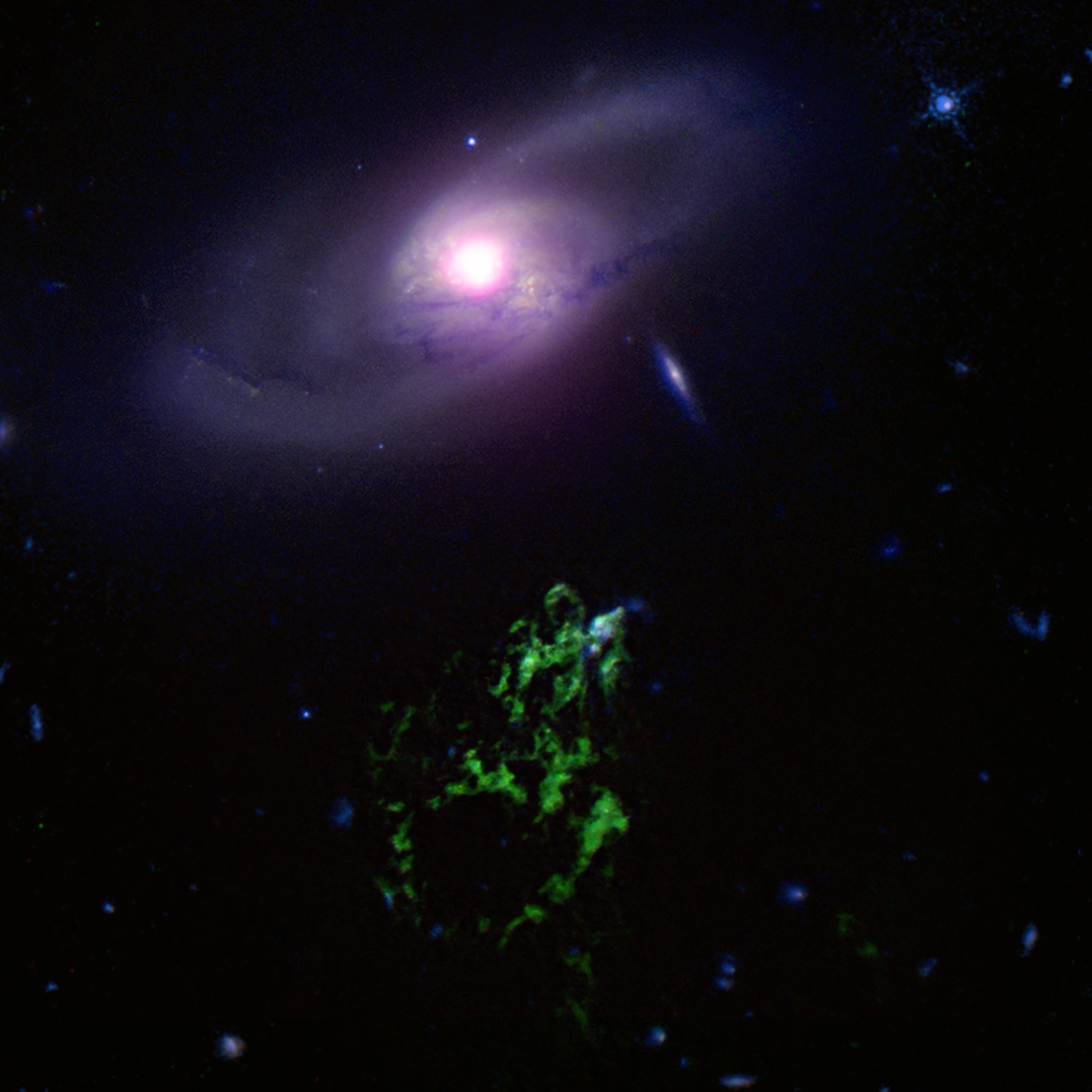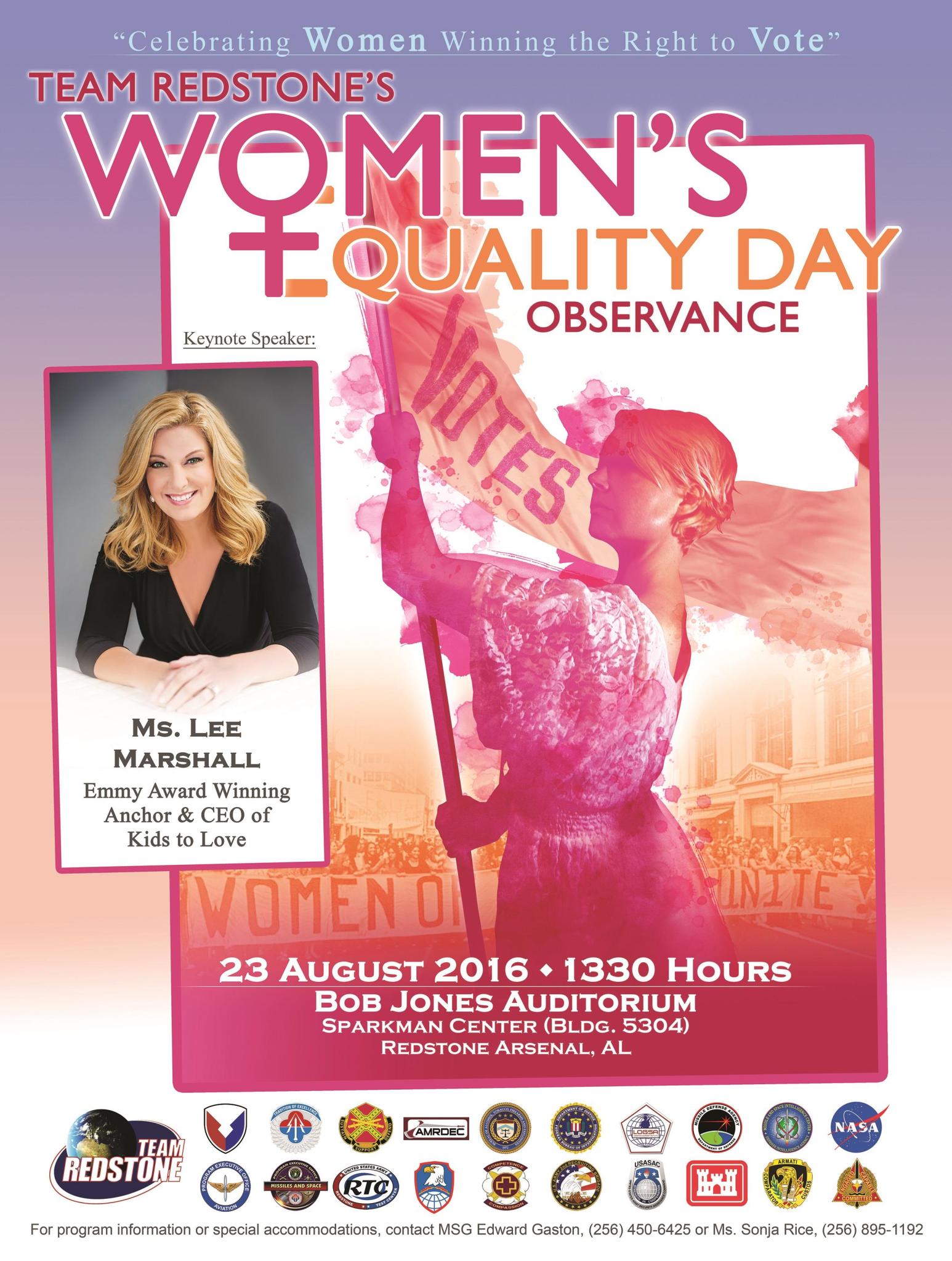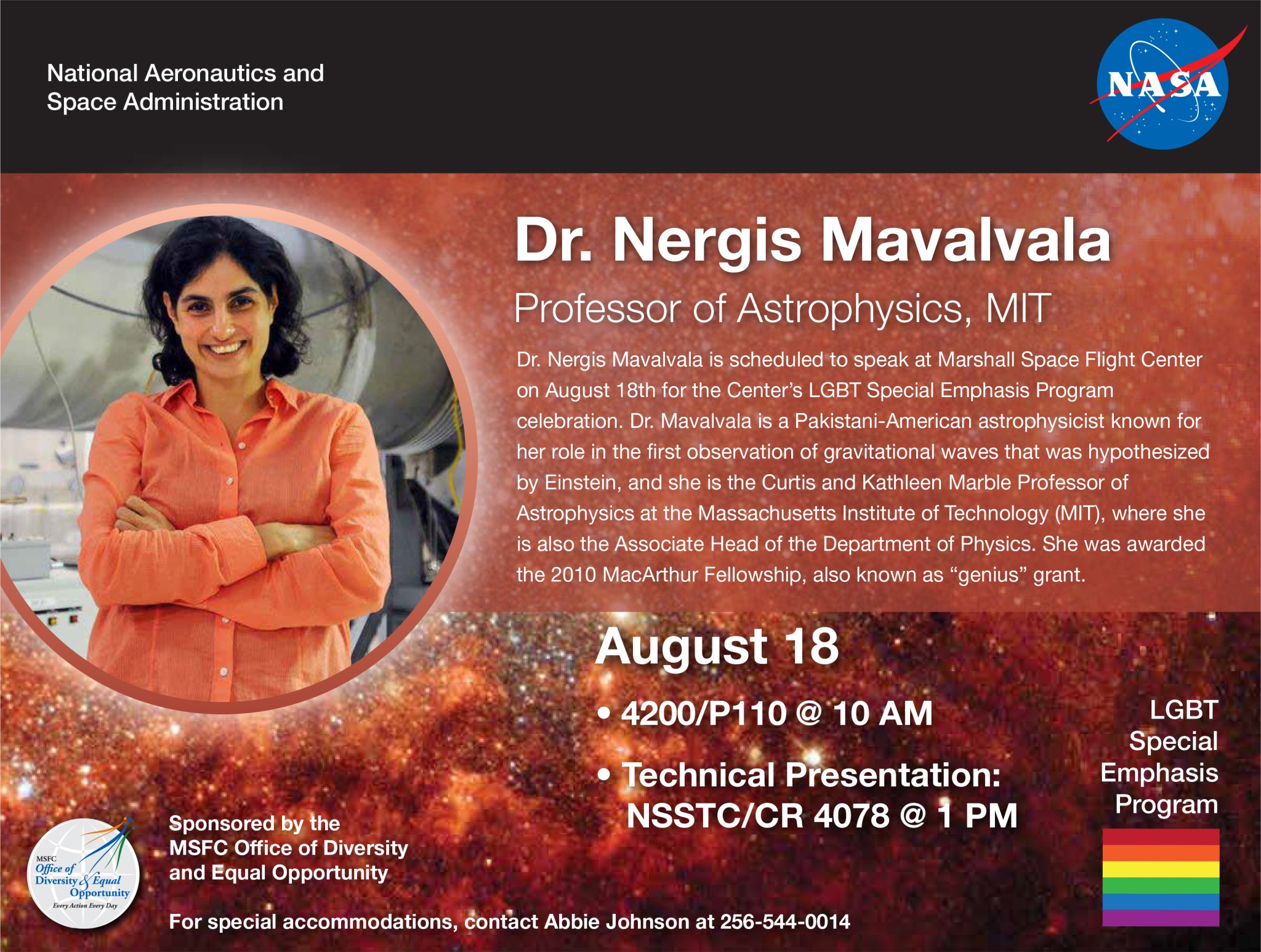In This Week’s Star
- First Results Show Success for Second NASA SLS Booster Test
- Done in 60 Seconds: Massive Rocket Fuel Tank Built in A Minute
- Space Launch System Core Stage 101
- Marshall Student Interns Share Summer Experiences During 2016 Poster Expo
- A Black Hole Story Told by a Cosmic Blob and Bubble
- Former Local TV News Anchor Lee Marshall to Speak at Women’s Equality Event Aug. 23
- MIT Physics Professor Nergis Mavalvala to Speak at Marshall LGBT Event Aug. 18
- This Week in NASA History: Space Shuttle Discovery, STS-85 Lands — Aug. 19, 1997
- Obituaries
First Results Show Success for Second NASA SLS Booster Test
By Megan Davidson
For two heart-pumping minutes, the booster for NASA’s new rocket, the Space Launch System, demonstrated its power and operated as planned at nearly 6,000 degrees Fahrenheit during a successful qualification test June 28 at Orbital ATK’s test facilities in Promontory, Utah.
The smoke has well cleared from that test, but critical data continues to pour in, which will help NASA qualify the booster for the first, uncrewed flight of SLS with the Orion spacecraft in 2018 — a key milestone on the agency’s journey to Mars.
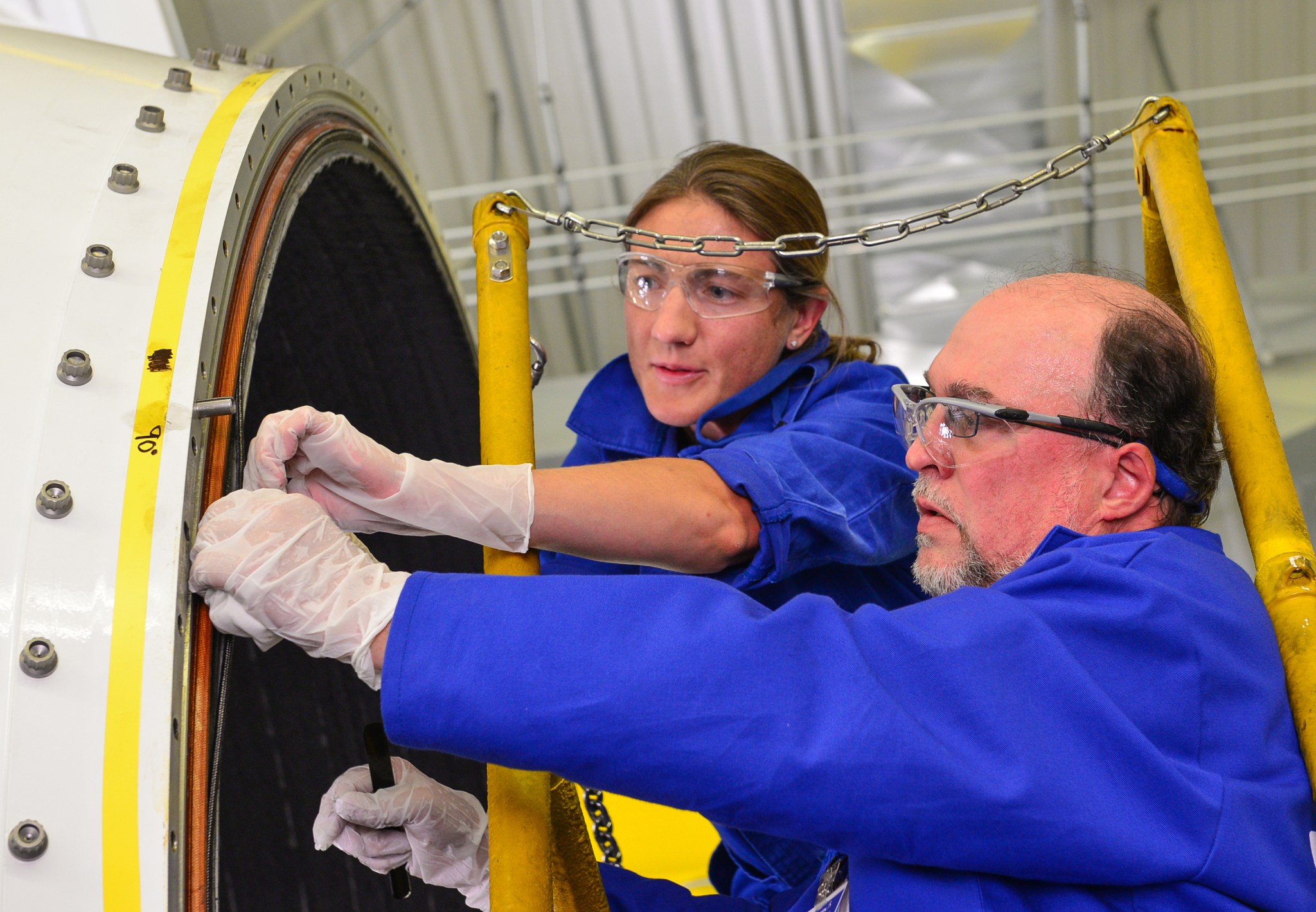
“Preliminary analysis from the test shows the instrumentation performed extremely well and gathered the critical data needed to show that we met our test objectives,” said Mat Bevill, deputy chief engineer for the SLS Boosters Office at NASA’s Marshall Space Flight Center, where the SLS program is managed for the agency.
During the test, 82 qualification test objectives were measured through more than 530 instrumentation channels on the booster at a cold motor conditioning target of 40 degrees Fahrenheit — which is the colder end of its accepted propellant temperature range.
This is the second qualification ground test for the booster, as the first was successfully completed in March 2015. This is the fifth, full-scale motor test overall for the booster, including three development tests. The first qualification ground test demonstrated acceptable performance of the booster design at 90 degrees Fahrenheit — the highest end of the booster’s accepted propellant temperature range. Testing at the thermal extremes experienced by the booster on the launch pad is important to understanding the effect of temperature on how the propellant burns.
“We still have many months to go to analyze all the data from the second test, as it’s a very detailed process,” Bevill said. That process includes disassembling the 154-foot-long booster and getting a thorough look at every part of it. The detailed inspection, including the post-test measurements, will support verification that the booster design meets SLS requirements and performed as expected on test day. Engineers also will compare data from the previous four ground tests.
Once all analysis is complete, the boosters will still have a few steps to go before being ready for the launch pad, including design certification review. That review will determine if the design for all parts of the booster are certified for flight. In 2015, the SLS Program completed its critical design review — a first in almost 40 years for a NASA human-rated rocket.
“This is a critical and exciting time for our teams as we prepare the boosters for flight and move forward on the journey to Mars,” said Alex Priskos, manager of the SLS Boosters Office. “Booster flight hardware for our first flight, Exploration Mission-1, is in full production, with four segments being cast and a fifth going to casting later this month at Orbital ATK. We also have aft skirt refurbishment work taking place at Kennedy Space Center, where the boosters will be stacked ahead of the flight.” Orbital ATK, headquartered in Dulles, Virginia, is prime contractor for the SLS boosters.
When completed, two five-segment boosters and four RS-25 main engines will power the SLS on deep space missions. The solid rocket boosters operate in parallel with the main engines for the first two minutes of flight. They provide more than 75 percent of the thrust needed for the rocket to escape the gravitational pull of Earth.
The initial SLS configuration will have a minimum 70-metric-ton (77-ton) lift capability. The next planned upgrade of SLS will use a powerful exploration upper stage for more ambitious missions with a 105-metric-ton (115-ton) lift capacity. In each configuration, SLS will continue to use the same core stage and four RS-25 engines.
Davidson, an ASRC Federal/Analytical Services employee, supports the Office of Strategic Analysis & Communications.
Done in 60 Seconds: Massive Rocket Fuel Tank Built in A Minute
It took 76 days to weld a massive 130-foot-long liquid hydrogen tank for NASA’s Space Launch System — the agency’s new heavy-lift rocket — but this time-lapse video shows the construction and rotation of the massive fuel tank in just 60 seconds at the Vehicle Assembly Center at NASA’s Michoud Assembly Facility in New Orleans. The hydrogen tank will comprise nearly two-thirds of the length of SLS’s 212-foot-long core stage — the structural backbone of the rocket. The tank will also help quench the thirst of the four RS-25 engines that, along with two twin solid rocket boosters, will launch NASA’s Orion spacecraft to send astronauts deeper into space than ever before. This qualification tank, which closely replicates flight hardware and is being built using identical processing procedures, will be moved to NASA’s Marshall Space Flight Center for structural testing. The testing will ensure flight articles will be able to sustain the extreme forces experienced during launch. (NASA/Michoud)
Space Launch System Core Stage 101
We need the biggest rocket stage ever built for the bold missions in deep space that NASA’s Space Launch System will give us the capability to achieve. This infographic sums up everything you need to know about the 212-foot-tall SLS core stage that serves as the backbone of the most powerful rocket in the world. The core stage includes the liquid hydrogen tank and liquid oxygen tank that will hold 733,000 gallons of propellant to power the four RS-25 engines SLS needs for liftoff and the journey to Mars. (NASA/MSFC/Maureen Priddy)
Marshall Student Interns Share Summer Experiences During 2016 Poster Expo
By Christopher Blair
On August 10, more than 150 student interns shared highlights from their summer working at NASA’s Marshall Space Flight Center during the annual Intern Poster Exposition. Each year, Marshall interns are tasked with making real-world contributions to help advance and achieve NASA missions. Students take on roles and responsibilities to improve propulsion and engineering systems, as well as support research on the International Space Station and the Space Launch System, NASA’s next deep-space rocket.
Not only did the event provide an opportunity for interns to discuss their research through descriptive posters and face-to-face discussions, but it also allowed the Marshall workforce to meet students from different departments across the center and learn more about Marshall’s role supporting NASA projects and programs. Sponsored in part by Lockheed Martin, a longtime NASA prime contractor, the event and award ceremony also afforded Marshall leadership, including Center Director Todd May, the chance to recognize students for their achievements.
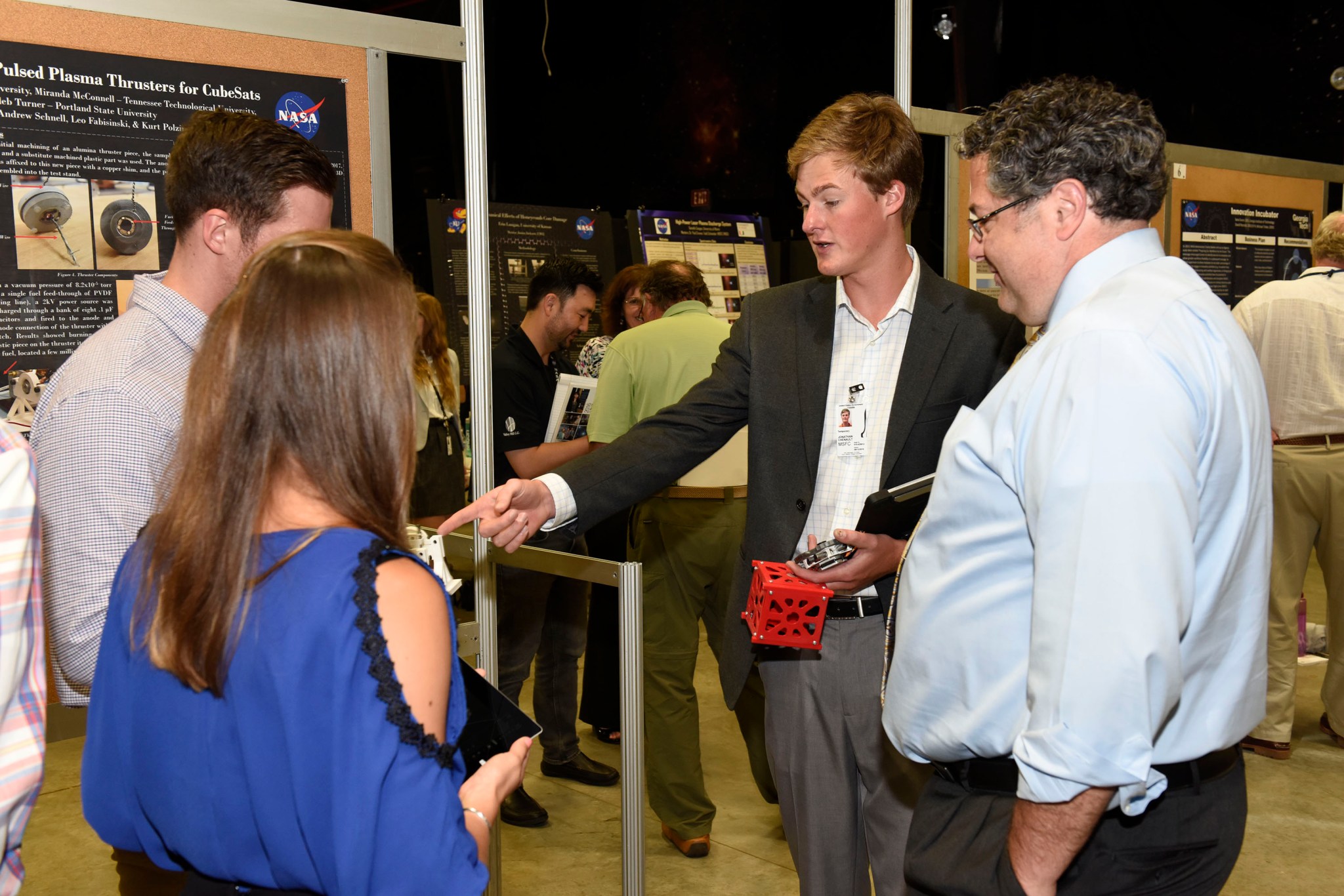
A panel of experts judged each intern poster for its scientific accuracy and merit throughout the day, and awards were presented in multiple categories during an afternoon ceremony. The official winners in each category of the 2016 Poster Expo are listed below.
Engineering: Propulsion & Flight Programs
- First Place: Tara Prevo — Portland Community College in Oregon
Poster Title: Concept Analysis & Design of a Magnetically Damped Check Valve - Second Place: Walter Rodriguez — University of Houston in Texas
Poster Title: High Value National Space Simulation Facility - Third Place: Chloe McFadden — University of Alabama in Huntsville
Poster Title: Development of a Thrust Stand for Micro-electric Propulsion
Engineering: Vehicles & Operations
- First Place: William Johnson — Western Kentucky University in Bowling Green
Poster Title: Evaluation of High Conductance Plate for Lunar Lander Thermal Management - Second Place: Tyler Gibson — Vanderbilt University in Nashville, Tennessee
Poster Title: Simulation and Control of a Liquid Rocket Engine Powered Lander - Third Place: Ethan Freund — University of Connecticut in Mansfield
Poster Title: Development of an Electrical Ground Support Rack for SLS EM-1 Secondary Payloads
Engineering: Materials & Test
- First Place: Emily Beckman — University of Tennessee in Knoxville
Poster Title: Testing of 3D Printed Gears for Use in the Life Support System - Second Place: Samantha Hansen — Rutgers University in New Brunswick, New Jersey
Poster Title: Additive Manufacturing of Large Space Telescope Mirrors - Third Place: Caitlin Sullivan — Western Kentucky University in Bowling Green
Poster Title: Effects of Machine Stiffness on Friction Stir Weld Quality
Communication, Business & Outreach
- First Place: Derek Hooper — University of Alabama in Tuscaloosa, and Sierra Ortega — Butler University in Indianapolis
Poster Title: NASA in the SEC - Second Place: Julia Schorn — Princeton University in New Jersey
Poster Title: Enhancing Work Performance and Sleep Quality of Night Shift Workers - Third Place: Haley Feck — Vanderbilt University in Nashville, Tennessee, Gerilyn Lewis — Alabama A&M University in Normal, and Jelisa Thompson — Alabama A&M University in Normal
Poster Title: Astro Camp at MSFC
Science
- First Place: Arianna Jordan — San Jose State University in California
Poster Title: The Urban Heat Island Effect on Thunder Day Frequency - Second Place: Samuel Richardson — Wichita State University in Kansas
Poster Title: Metrology of X-ray Optics - Third Place: Zachary Fester — University of Colorado Boulder
Poster Title: Carbon Dioxide Removal System Sorbents
Engineering and Science Teams
- First Place: Jonathan Chenault — Auburn University in Alabama, Miranda McConnell — Tennessee Technological University in Cookeville, and Caleb Turner — Portland State University in Oregon
Poster Title: Improving High Pulsed Plasma Thrusters for CubeSats - Second Place: Jonathan MacArthur — Iowa State University in Ames, Alex Mundahl — Missouri University of Science and Technology in Rolla, Shyamal Patel — University of Texas at El Paso, and Morgan Ruesch — Purdue University in West Lafayette, Indiana
Poster Title: AF-M315E Cubesat Propulsion System Development - Third Place: Lauren Caudle — Auburn University in Alabama, Ryan Mathewson University of Missouri in Columbia, and Jacob Stahl — Texas A&M University in College Station
Poster Title: Design & Control of a Deep Space Habitat Command Center
Blair, an ASRC Federal/Analytical Services employee, supports the Office of Strategic Analysis & Communications.
A Black Hole Story Told by a Cosmic Blob and Bubble
Two cosmic structures show evidence for a remarkable change in the behavior of a supermassive black hole in a distant galaxy. Using data from NASA’s Chandra X-ray Observatory and other telescopes, astronomers are piecing together clues from a cosmic “blob” and a gas bubble that could be a new way to probe the past activity of a giant black hole and its effect on its host galaxy.
The Green Blob, a renowned cosmic structure also called “Hanny’s Voorwerp,” meaning “Hanny’s object” in Dutch, is located about 650 million light years from Earth. This object was discovered in 2007 by Hanny van Arkel, at the time a school teacher, as part of the citizen science project called Galaxy Zoo.
Astronomers think that a blast of ultraviolet and X-radiation produced by a supermassive black hole at the center of the galaxy IC 2497, only 200,000 light years away, excited the oxygen atoms in a gas cloud, giving the Green Blob its emerald glow. At present the black hole is growing slowly and not producing nearly enough radiation to cause such a glow.
However, the distance of the Green Blob from IC 2497 is large enough that we may be observing a delayed response, or an echo of past activity, from a rapidly growing black hole. Such a black hole would produce copious amounts of radiation from infalling material, categorizing it as a “quasar.”
If the black hole was growing at a much higher rate in the past and then slowed down dramatically in the past 200,000 years, the glow of the Green Blob could be consistent with the present low activity of the black hole. In this scenario, the blob would become much dimmer in the distant future, as reduced ultraviolet and X-radiation levels from the faded quasar finally reach the cloud.
New observations with Chandra show that the black hole is still producing large amounts of energy even though it is no longer generating intense radiation as a quasar. The evidence for this change in the black hole’s activity comes from hot gas in the center of IC 2497 detected in a long exposure by Chandra. The center of the X-ray emission shows cooler gas, which astronomers interpret as a large bubble in the gas.
Astronomers suspect this bubble may have been created when a pair of jets from the black hole blew away the hot gas. In this scenario, the energy produced by the supermassive black hole has changed from that of a quasar, when energy is radiated in a broad beam, to more concentrated output in the form of collimated jets of particles and consistent with the observed radio emission in this source.
Such changes in behavior from strong radiation to strong outflow are seen in stellar-mass black holes that weigh about 10 times that of the sun, taking place over only a few weeks. The much higher mass of the black hole in IC 2497 results in much slower changes over many thousands of years.
The citizen and professional scientists of the Galaxy Zoo project have continued to hunt for objects like the Green Blob. Many smaller versions of the Green Blob have been found, dubbed “Voorwerpjes,” or “little objects” in Dutch. These latest results from Chandra suggest that fading quasars identified as Voorwerpjes are good places to search for examples of supermassive black holes affecting their surroundings.
A paper on these results recently appeared in Monthly Notices of the Royal Astronomical Society and is available online.
NASA’s Marshall Space Flight Center manages the Chandra program for NASA’s Science Mission Directorate. The Smithsonian Astrophysical Observatory in Cambridge, Massachusetts, controls Chandra’s science and flight operations.
Former Local TV News Anchor Lee Marshall to Speak at Women’s Equality Event Aug. 23
NASA Marshall Space Flight Center team members are invited to participate in Team Redstone’s annual Women’s Equality Day observance on Aug. 23. The event is set for 1:30 p.m. at Bob Jones Auditorium in the Sparkman Center, Building 5304.
Lee Marshall, chief executive officer for the non-profit Kids to Love Foundation and a three-time Emmy award-winning former news anchor for WHNT-TV News, will deliver the keynote address. Since 2004, Kids to Love has impacted the lives of more than 190,000 foster children, connecting them with foster families and meeting their immediate needs prior to adoption.
Women’s Equality Day is Aug. 26. Congress designated the annual observance in 1971 to commemorate the 1920 certification of the 19th Amendment to the U.S. Constitution, granting women the right to vote.
Building 5304, is situated just off Martin Road and Burose Road on Redstone Arsenal. For more information about the event, click here.
MIT Physics Professor Nergis Mavalvala to Speak at Marshall LGBT Event Aug. 18
Nergis Mavalvala, the associate head of the Department of Physics at the Massachusetts Institute of Technology, in Cambridge, will headline NASA Marshall Space Flight Center’s Lesbian, Gay, Bisexual and Transgender Special Emphasis Program celebration Aug. 18 at 10 a.m. in Building 4200, Room P110. Mavalvala, a self-described “out, queer person of color,” is a Pakistani-American astrophysicist known for her role in the first observation of gravitational waves that were hypothesized by Albert Einstein. Marshall’s LGBT Special Emphasis Program celebration is sponsored by the Office of Diversity and Equal Opportunity, which strives to promote diversity, equality and inclusion for all individuals, while providing a workplace that is free from discrimination, including harassment and retaliation. (NASA/MSFC)
This Week in NASA History: Space Shuttle Discovery, STS-85 Lands — Aug. 19, 1997
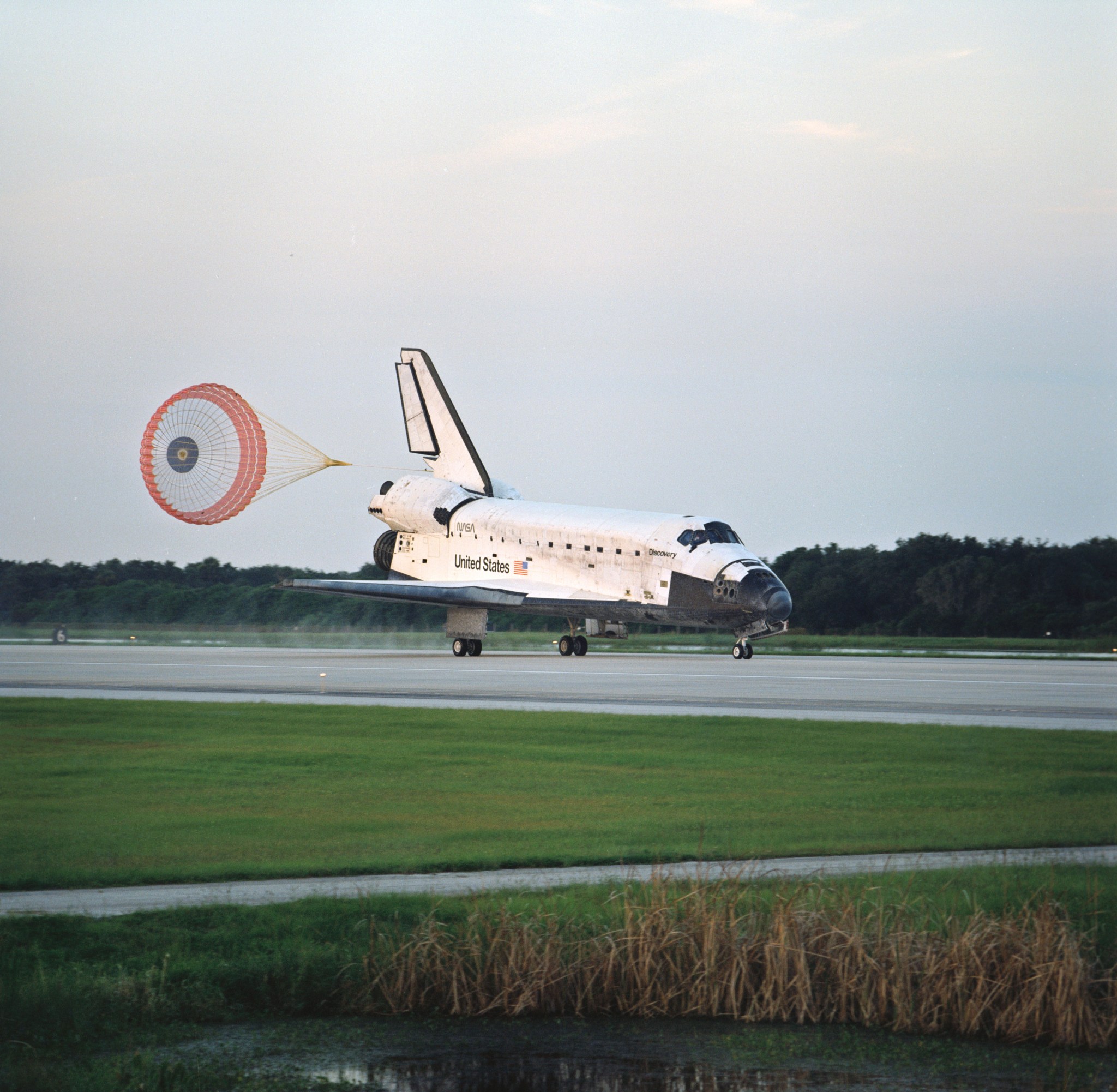
This week in 1997, space shuttle Discovery and the STS-85 crew landed after a successful 12-day mission. The mission carried numerous scientific payloads and tested hardware for potential use on the International Space Station. Making its second flight on the space shuttle, the primary payload for the flight was the Cryogenic Infrared Spectrometers and Telescopes for the Atmosphere-Shuttle Pallet Satellite-2 — a satellite designed to study Earth’s middle atmosphere. NASA’s fleet of satellites, its airborne missions and researchers address some of the critical challenges facing our planet today and in the future: climate change, sea level rise, freshwater resources and extreme weather events. The NASA History Program is responsible for generating, disseminating and preserving NASA’s remarkable history and providing a comprehensive understanding of the institutional, cultural, social, political, economic, technological and scientific aspects of NASA’s activities in aeronautics and space. For more pictures like this one and to connect to NASA’s history, visit the History Program’s webpage. (NASA)
Obituaries
James L. Daniels Jr., 90, of Huntsville, died Aug. 14. He retired from the Marshall Center in 1981 as a space systems planning specialist.
Michael Naumcheff, 88, of Huntsville, died Aug. 14. He retired from the Marshall Center in 1989 as an aerospace engineer.


























